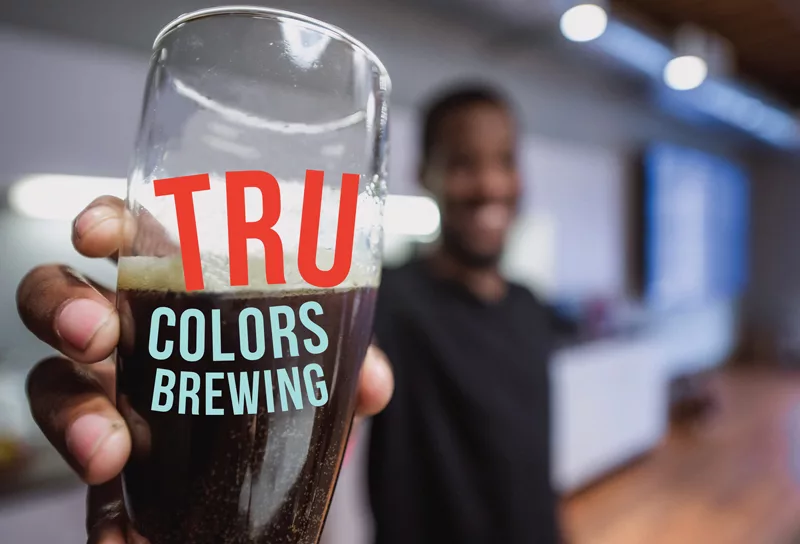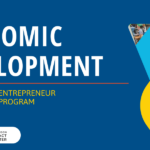It was a few days before Christmas 2015, and George Taylor could not believe what he was reading. Shane Simpson, a 16-year-old in Wilmington, North Carolina, had been killed in a gang-related drive-by shooting. Taylor didn’t even know his city had gangs, and he was so shocked and saddened by the killing that he vowed to do what countless others have attempted with limited or no success: End gang violence in his community.
Taylor, a man in his mid-50s, is an experienced entrepreneur and used that perspective to create a startup called TRU Colors, a brewery that employs gang members and is slated to open publicly in the first quarter of 2019. While most other employment-related responses to gang violence require people to leave gangs as a condition of employment, TRU Colors wants its team to stay active in their gangs in order to harness the dynamics of gang influence as a powerful driver of solutions to gang violence — and so far, it has been met with welcome cooperation. At the time this article went to print (December 2018), TRU Colors had not yet opened its doors and yet gang violence in Wilmington was already down by 90 percent.
Results like this demonstrate the world-changing potential of impact investing, but unfortunately, results like this are rare. For all of the attention and capital flowing into the space, examples of real, concrete impact are surprisingly hard to find. The problem is that the norms of impact investing lead us to focus on the wrong things.
The Global Impact Investing Network defines impact investing as “investments made with the intention to generate a measurable, beneficial social or environmental impact alongside a financial return.” While the intention to make such an impact is clear, a widespread lack of sophistication in the measurement of impact is hampering progress.
What seems to suffice for most impact investing efforts is the measurement of output rather than impact: the number of people served, the number of dollars invested, the number of hours volunteered, etc. But does all that effort create real impact? We can’t say, and that is unacceptable. It is not impact investing if there is no impact.
Consider the example of a Michigan credit union that was debating how to increase the economic vibrancy of the communities it served. Some on the board proposed launching an aggressive financial education program, which would demonstrate impact in the number of programs established and the number of people who attended them. The ensuing debate raised this question: If dozens of programs were built and were heavily attended, but there was no change in economic vibrancy, would the credit union have achieved real impact? The board finally agreed that the only true measure for impact, and therefore the final measure for the effectiveness of any financial education programs or other efforts, would have to be an actual increase in economic vitality.
As champions of the impact investment movement, it is impact investors’ responsibility to ensure that the time and resources we are able to attract and deploy are demonstrably creating a measurable, beneficial impact. That is the only way we will win over our critics and reach the tipping point of redefining business-as-usual. To do that, we have to ask three hard questions to ensure the success of impact investments. Answering these questions well is the key to achieving real and lasting impact — and we can see these answers play out in TRU Colors’ story.
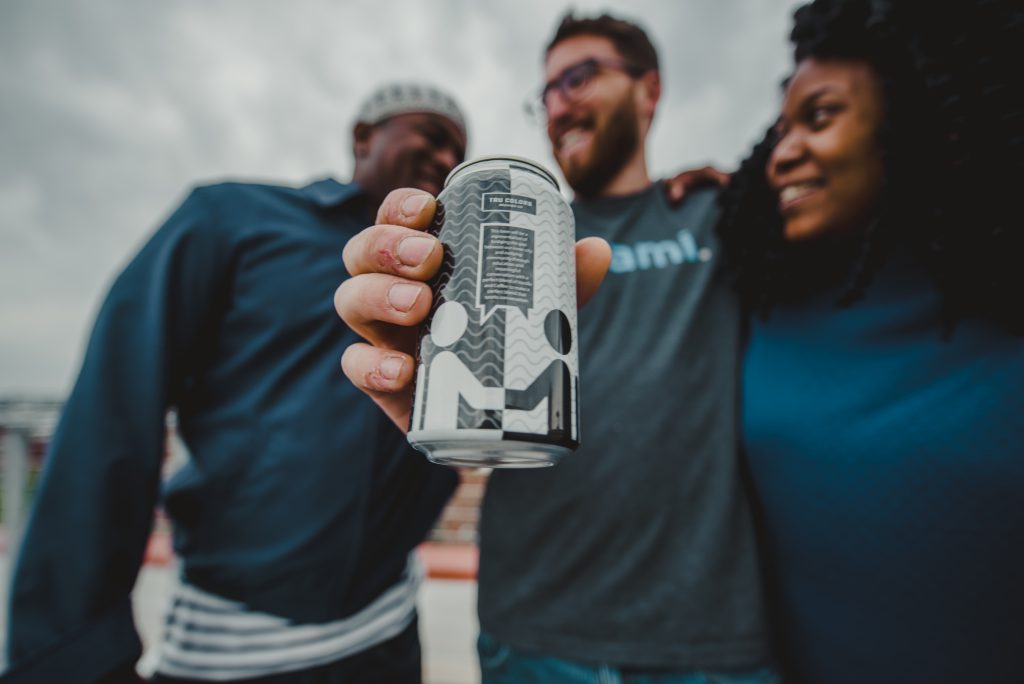
While most other employment-related responses to gang violence require people to leave gangs as a condition of employment, TRU Colors wants its team to stay active in their gangs in order to harness the dynamics of gang influence as a powerful driver of solutions to gang violence — and so far, it has been met with welcome cooperation. (Photo: Will Page Photography)
1. What problem are you trying to solve?
At issue in most cases is a lack of specificity about the problem that must be solved. Many efforts to do good through impact investing focus on helping to alleviate the symptoms of a problem rather than solving the problem itself. The classic example of this is TOMS shoes. The story goes that the founder of TOMS was traveling in the developing world and observed that many children did not have shoes and suffered a number of heartbreaking consequences that seemed very simple to avoid. The solution? Create a shoe company with a pricing model sufficient to send a pair of shoes to those kids for free every time someone of relative means made a purchase. To date, TOMS has donated 86 million pairs of shoes and inspired a mini-industry of other one-for-one companies.
Noble though these efforts are, even TOMS acknowledges that the one-for-one model helps kids in need but does not solve the underlying problems. To its credit, TOMS shoes has continually evolved its model and has a much more sophisticated approach today. However, most people still only know about the one-for-one model and use that as a shining example of positive impact — even though it is not.
By itself, this approach may have the huge unintended consequence of stunting the local economies that otherwise might have developed their own solutions to these problems, in effect perpetuating the root causes of the problem even as they seek to help alleviate the symptoms. In this way, donating 86 million pairs of shoes would be a mere vanity metric absent the other important work TOMS is doing to address root causes. This is the danger of seeking to “do good” instead of focusing on a specific problem to solve.
By contrast, because TRU Colors was created to solve a specific problem (the presence of gang violence in Wilmington, North Carolina), the one and only measure of its success is the number of incidents of gang violence in Wilmington, North Carolina. The number of jobs created and classes attended and the capital deployed and awareness raised are all nice, but they are meaningless if they fail to substantially reduce gang violence. Yet in impact investing we frequently cite those proxy results to justify further investment. This failure to keep our eye on the ball of the real impact we seek results in “mission creep” — a gradual shift in objectives during the course of a campaign, often resulting in an unplanned long-term commitment — and what we fear is a tremendous amount of wasted time and money.
2. What is required to solve the root cause of the problem you have identified?

After learning about a 16-year-old who was killed in a gang-related drive-by shooting, George Taylor created TRU Colors Brewing to put a stop to gang violence in Wilmington, North Carolina. (Photo: Will Page Photography)
Even where the problem is clear, far too many impact investors settle for “helping” rather than solving the problem. For example, one organization wanted to solve the problem of teenage mothers struggling to build strong families. Their response was to provide childcare and educational support. It showed its impact by measuring graduation rates, but that system did not lead to building strong families. They “helped” to be sure, and some teenage moms benefited substantially. But the initiative failed to achieve real impact because its solution only dealt with part of the problem.
The key here is dispassionately interviewing all stakeholders to learn everything you can about the problem you seek to solve. Only then can you deal effectively with the complexity at play and see the solution that will actually achieve impact. After the drive-by murder that so upset George Taylor, he spent 18 months connecting with and talking to gang leaders to understand their challenges. He realized two things: First, the root of the problem was economic, not moral or social. And second: Gang members are terrible at crime — they get arrested a lot — and most would love to get off the street; they just need an opportunity to do so and still make ends meet.
But the real key to TRU Colors’ genuine impact lies in a nuanced understanding of gangs. If you ask him, Taylor will tell you that he thinks gangs are actually a good thing for their members. They provide them with a valuable social structure and support network. That understanding is precisely why he recruited the leaders of all but one of Wilmington’s gangs as executives of TRU Colors — and insisted that they stay active as the leaders of their respective gangs. Since November 2017, members of his team have made $50,000 salaries (you have to compete with street cash), and they know they can make a lot more if the company succeeds. There is a catch, though. If they want to keep their jobs, these leaders have to exert their influence to ensure that there is no fighting, and that no one in their gang pulls a trigger.
Rather than trying to fight the social dynamics that lead people to join gangs in the first place, those same dynamics can be harnessed as a powerful driver of the solution to gang violence. Many impact efforts miss such breakthrough innovations because they fail to get beyond their own (usually subconscious) assumptions and judgments and learn to understand and deal with the full context in which a particular problem arises.
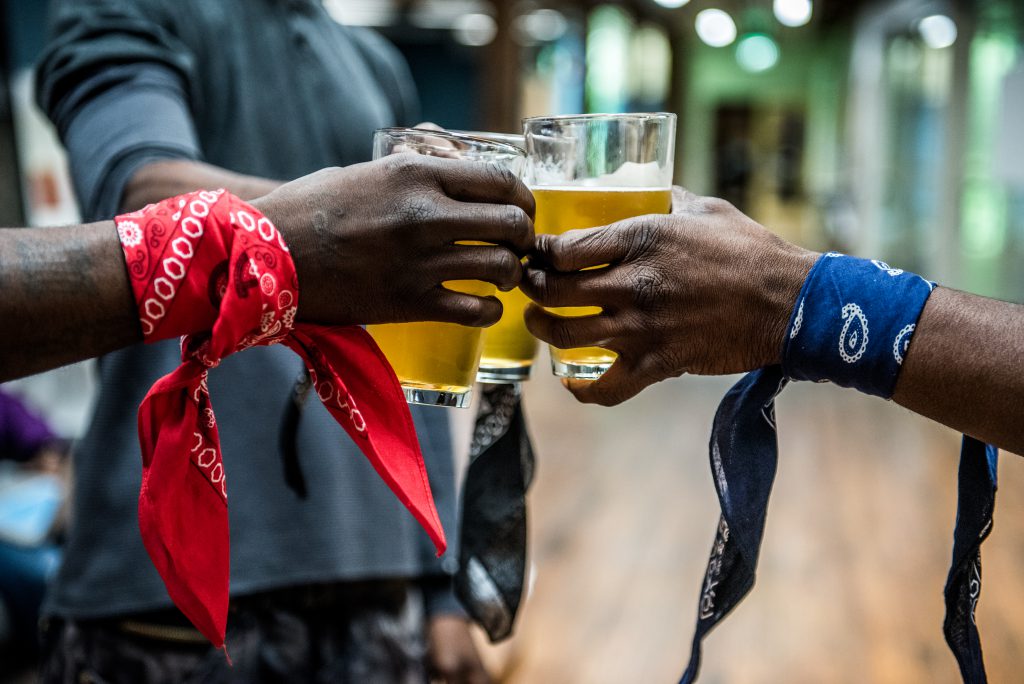
At the time this article went to print (December 2018), TRU Colors Brewing had not yet opened its doors to the public and yet gang violence in Wilmington, North Carolina, was already down by 90 percent. (Photo: Will Page Photography)
3. What business solution would solve the problem?
To be sure, in some cases the problem is specific and the root causes are clear, but even then, we may struggle to make a solution sustainable. The problem here is that we often focus on creating an initiative, drive, campaign, or some other approach that is essentially an add-on to, and separate from, our core business model.
A well-designed and sustainable business model is the greatest problem-solving force on the planet. Nonprofits, social enterprises, and good ole for-profit businesses all live and die by their business models, and we insist that real, sustainable impact can only be achieved when it is 100 percent aligned with the creation of revenue. The core business must be the vehicle for achieving impact.
Why? Because making the sustainable impact we all want to achieve is harder than making a profit.
Now consider the myriad sophisticated management approaches (i.e., Six Sigma, Lean) that help companies maximize profit by measuring the value creation (or lack thereof) in every step of internal systems. These approaches create a constant process of refining systems until they are highly efficient performance machines. That same level of rigor can and must be used to map the “value” (impact + revenue) in every step of our organizational processes. Any part of our process that fails to advance both the impact and the revenue model is a blinking red light for innovation or elimination. This is even more essential for the impact investment world than it is for profit-only companies precisely because of how hard it is to make and sustain real impact. But at present, this approach is rare indeed.
Take a moment to reflect on your own organization, specifically the parts of it that seek to create an impact. To what extent are the core revenue model and the impact you seek to achieve aligned? To what extent is the team focused on the efficiency and impact advancement of every step of your internal processes? By focusing on the question of what is adding real value, you’ll find that a lot of what you are doing is only adding noise.
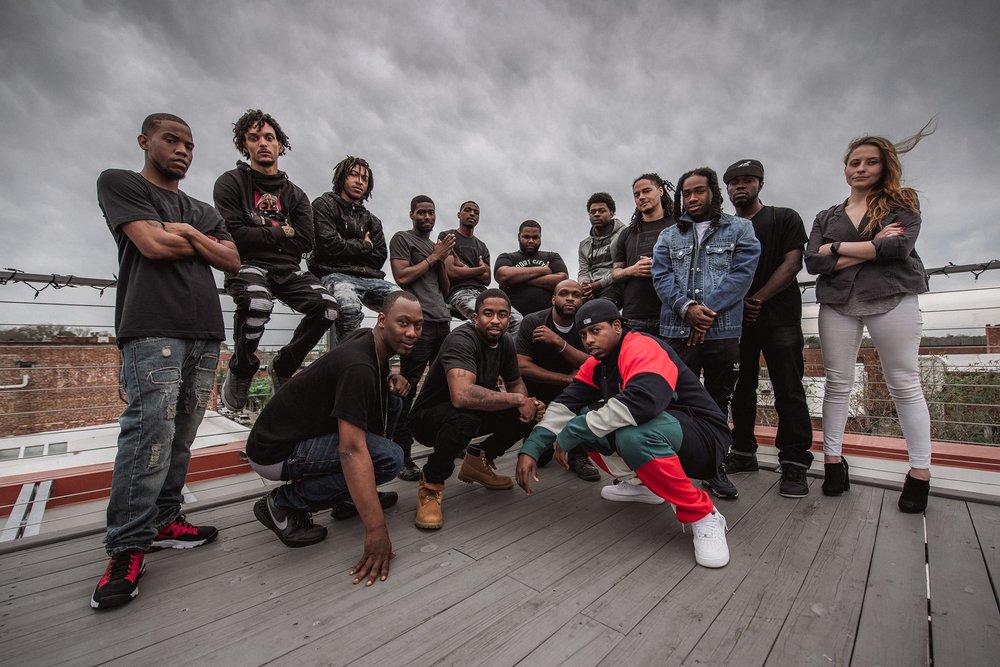
TRU Colors is looking to grow its staff of 35 to 125 people by the time it opens its doors to the public. (Photo: Will Page Photography)
If all has gone according to plan, as you are reading this article, TRU Colors Brewing is preparing to open for business and the staff of 35 has grown to 125 and counting. Just a few years ago, these same people might have been trying to kill each other on the streets of Wilmington’s North Side. Now they are working together, learning together, and growing together as they build a beer company together. But that is only the first step. TRU Colors leaders are conducting research for other businesses that are being planned for their communities, creating ripples of economic stability. For their kids, gang violence won’t be as big of a threat, drug crime will be rare, incarceration rates will plummet, graduation rates will soar, and economic health will improve.
In a generation or two, Wilmington may be the poster child for how a community can help all of its people thrive. We hope not, though. We hope that in a generation or two, this rosy picture will be our shared reality everywhere. It all starts with you, dear reader, getting more rigorous about the specific, measurable problem you are working to solve.
